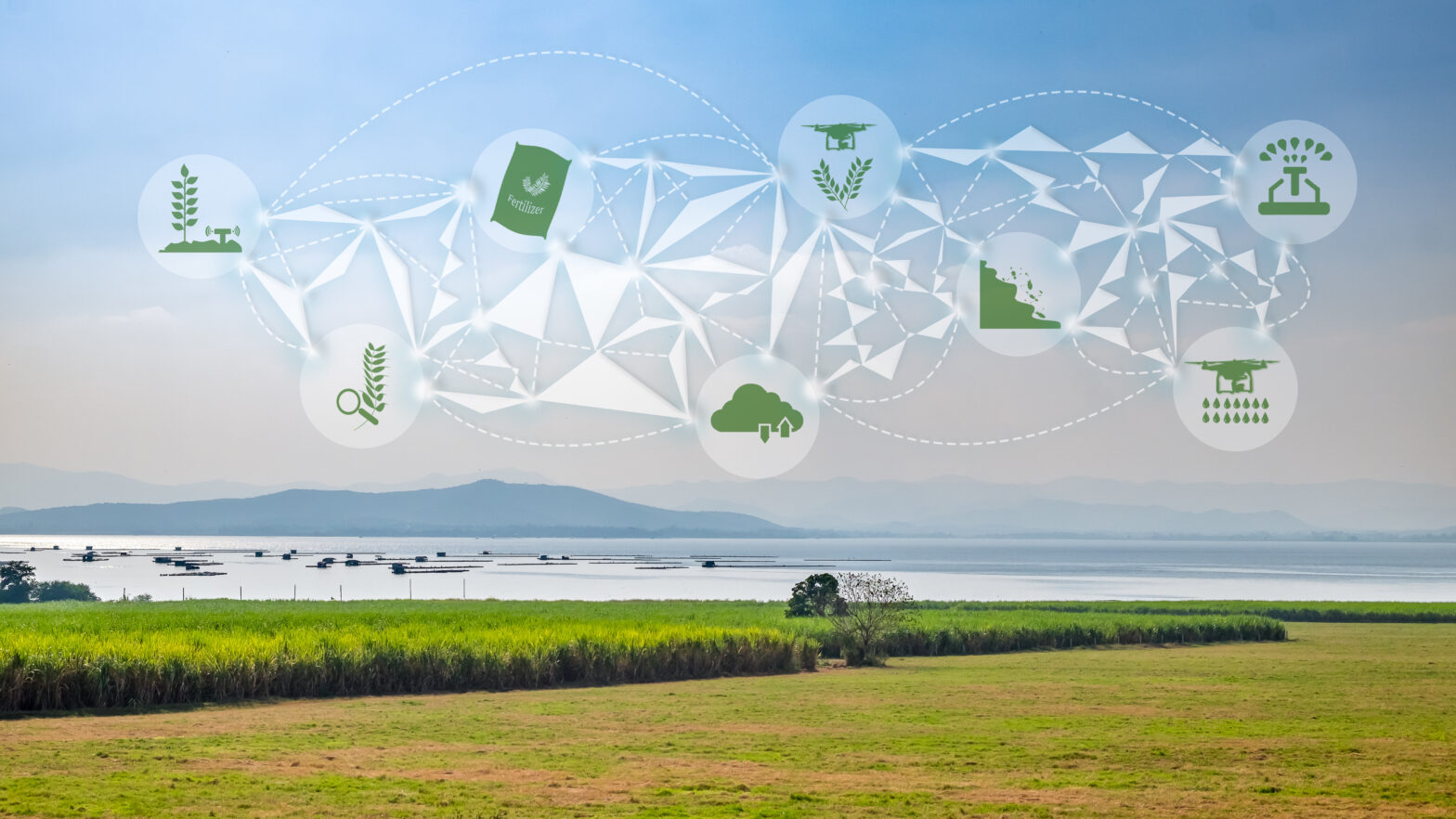Digital disruption has triggered radical new business models that have condemned traditional companies to the grave and multiplied the frequency at which one word is uttered around boardroom tables: transformation.
This widespread desire to become a digital business – and disrupt before being disrupted – has even led to many companies creating a new boardroom position of chief digital officer (CDO).
But with CDOs building digital teams that sit apart from the IT department – and driving their own digital agenda – some CIOs have felt that their role is threatened as more strategic technology initiatives fall to their digital counterparts.
This tension has been further intensified by issues such as data governance. IT has traditionally held control over all data in an organisation, and guarded it from others to ensure it remains clean, secure and compliant.
>See also: Innovating in crisis: will Brazil’s burgeoning tech startup scene rescue its economy?
But digital teams are increasingly hijacking data sets – and disregarding governance policies by placing them in the hands of the business – to help drive digital transformation projects.
The Centre for Agriculture and Bioscience International (CABI), however, is one example of an organisation that keeps both IT and digital entirely together and engrained in the business.
CABI was established in 1910 as an inter-governmental, not-for-profit organisation designed to tackle environmental issues in the developing world. Based in the UK, it has projects ongoing in more than 70 countries, helping farmers in developing nations improve their crop yields with practical and region-specific advice on combating threats from pests, diseases and more.
With 48 member countries and 11 global network centres, but only 3% of revenue sourced from core funding, CABI is not a typical organisation. And neither is its CIO’s lack of a technical background – but that’s by no means a bad thing at a time when a successful technology strategy encompasses far more than technical nous.
Knowledge delivery
Andrea Powell joined CABI in 1991 having cut her teeth at Reuters, and worked her way up CABI’s publishing business, whose books, online resources and abstract databases help fund the scientific research and projects undertaken by the other two divisions: bioscience and microbial.
By 2005, she was leading the publishing group, and a year later the three divisions were brought together under a single CABI brand.
‘My whole career has been in digital publishing,’ Powell tells Information Age. ‘I’ve been steeped in digital content and electronic communication for my entire career, and here at CABI we have also been a database publisher since the mid-1970s, so we’ve got a very strong history and depth of knowledge in digital content processing.’
Through her role leading the publishing division, Powell increasingly found herself with responsibility for technical staff, such as developers and IT teams, as CABI realised the importance of combining technology and content. ‘Nearly all of what we do now is powered by digital technology and the delivery of knowledge,’ she says.
Come together
At the beginning of 2015, Powell became the first person to hold the position of CIO at CABI. While maintaining leadership over the publishing business, Powell also took on responsibility for the technology group.
Powell’s promotion also integrated the two groups of staff, with the 40-strong IT team joining around 65 editorial and production employees.
‘Until I became CIO,’ says Powell, ‘we did have an IT director, but we realised when he left that actually we didn’t want to recruit a very expensive director – we wanted to make sure that the technology components of what we do are completely embedded in our business strategy.
‘We used the money to go out and recruit more specialist skills like enterprise architecture, user experience design and solutions architecture. Rather than spending a lot of money on one person, we all felt that I could blend the role quite well.’
In the year since she was appointed CIO, Powell has realised that CABI’s set-up is not particularly common across the technology sector.
Through attending conferences and meeting more traditional CIOs, she has discovered the aforementioned conflict in many organisations between IT and digital. But it hasn’t fazed her.
‘To me, they’re the same thing,’ she says. ‘This concept that digital is an agenda that’s driven by a marketing department, whereas IT is just the people who keep the computers running, is a very alien concept here.
‘I think we have, for quite some time now, seen that technology is a key competitive advantage, and it’s a fundamental component of delivering our business strategy.’
CABI’s IT function includes a traditional support and systems engineer group and services team, as well as a development team split across two countries – the majority in the UK, and then a small but growing team in Delhi.
With her systems engineers and support staff increasingly required to support the products that CABI is building, Powell has found her technology group drawn to an agile DevOps approach.
She calls CABI’s dynamic approach ‘the three horizons for growth’ – which aligns closely with Gartner’s ‘bimodal’ approach – where horizon one is the business-as-usual, keep-the-lights-on operation, and horizon three features the real innovative development.
‘We’ve recruited an innovations developer, who doesn’t go anywhere near any of the business-as-usual stuff, and actually doesn’t even report into the IT manager – she reports to the head of product management,’ says Powell. ‘So she’s a developer but she’s outside the IT structure so that she can take the product concepts that are coming through our product management group and actually test a few things out, throw a few wire frames and chuck a few things over the wall to see what sticks.’
Retooling for digital
With responsibility for creating innovative business strategies and delivering the most effective combination of content and technology, Powell has led the charge to transition CABI’s publishing business to an almost purely digital operation, such that approximately 90% of publishing revenue is now generated by digital products.
She also recognised the potential of using data in innovative ways to increase productivity and make farming more profitable in the developing world through knowledge sharing and science.
Since its inception, CABI has built up a huge amount of information on plants, pests and diseases, including its ‘Abstracts’ database, in which every piece of published agricultural research since 1973 is abstracted and indexed. Combined with a digitised archive dating back to 1912, the whole database comprises some 11 million records, each one linking to an original piece of work.
In 2013, with a century’s worth of growing and changing data locked away in silos, CABI needed a solution that could better meet the needs of tomorrow’s researchers by using its extensive content in a highly powerful and flexible fashion.
It started with the search for a platform to underpin the new customised services for different audiences. Demand for CABI information was growing dramatically, with academics requesting scientific, data-centric information and farmers needing educational and instructional content, such as when and how much to water certain crops. Additionally, CABI had to consider the delivery method – including mobile phones, laptops and paper – for each region and audience.
The organisation had previously tried to build an early warning system based on predictive analytics to alert users to the possibility that certain diseases might be heading their way, but found SQL too restrictive.
It experimented with open-source NoSQL but the compromise on ACID transactions, availability and disaster recovery were unacceptable. Eventually, CABI selected software from NoSQL platform MarkLogic.
‘As an organisation, we either have already within our repositories or we are increasingly gathering lots of structured and unstructured data around the issue of plant pest and diseases,’ says Powell. ‘That’s our core expertise – plant health.’
Keeping track
Through its Plantwise programme, which aims to reduce crop losses and improve food security by collecting and sharing information about plant health, CABI is collecting a lot of data from its clinics in 34 developing countries.
This includes information about the presence of particular crop pests, what they’re attacking, what treatments have been recommended and where they’re spreading to.
‘There is a lot of data coming into our systems,’ says Powell, ‘and up until MarkLogic we were using SQL and fairly structured ways of managing that data. The data grows, and as our interest in interrogating it grows we need a much more flexible approach.
‘We also needed the ability to be able to blend very structured data with very unstructured data. What we’re trying to do is compile as much information about plant pest and disease as we can, from all different sources, and then interrogate it using various algorithms and hypotheses to come up with new insights and discoveries.’
Powell’s aim is to aggregate all the data and overlay hypotheses to see what might happen based on historical information, using MarkLogic’s semantics and knowledge graph capabilities.
CABI will then be able to help identify where in the world, for example, a particular pest might strike next, and help farmers in those regions plan ahead to mitigate its impact. Other plans include the provision of a range of region-specific mobile phone apps providing agricultural advisory services for farmers.
The work in this field, led by Powell, scored CABI the ‘Best in Class’ accolade for the public sector and not-for-profit category at the Data 50 Awards.
‘I’m honoured to receive this award on behalf of CABI,’ Powell said at the ceremony. ‘Our staff have embraced digital transformation and truly innovated with new technology. They should be proud of what they’ve achieved and the lives they’ve touched.’







